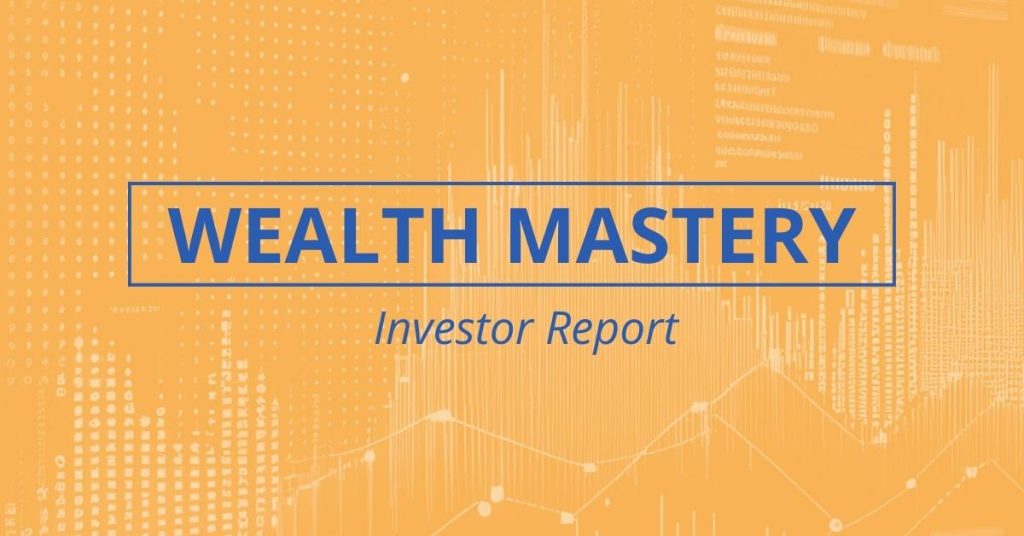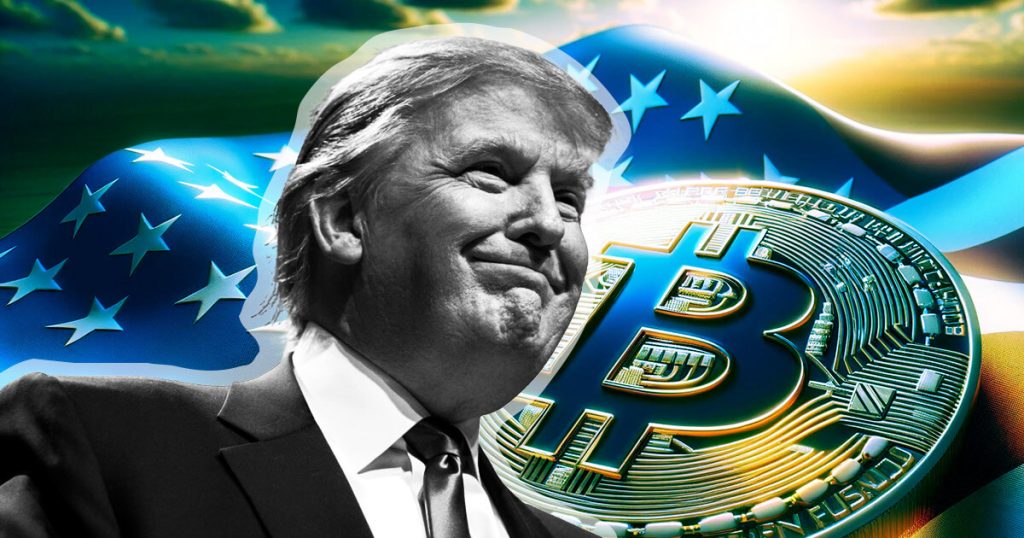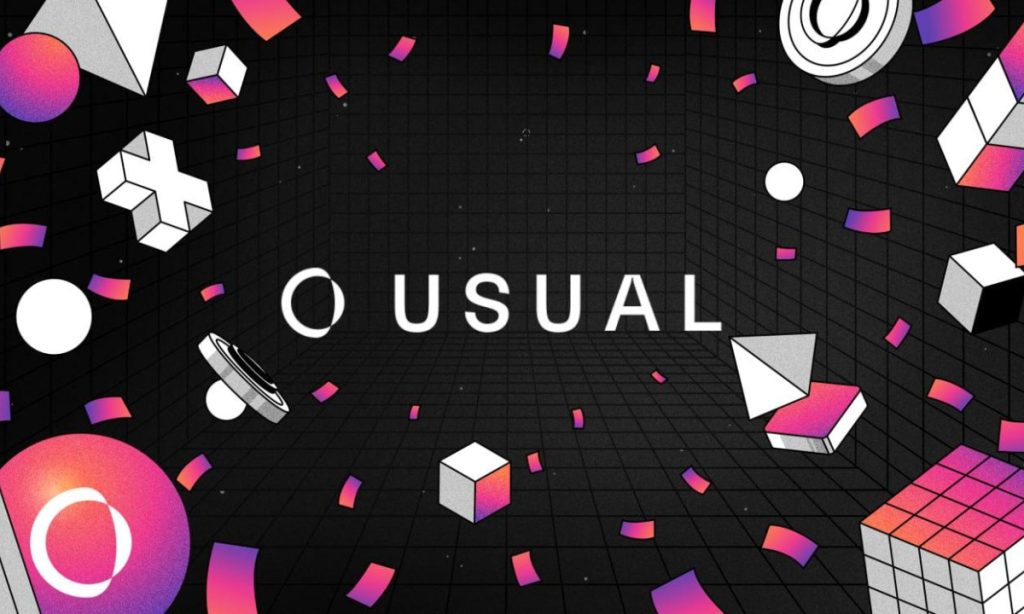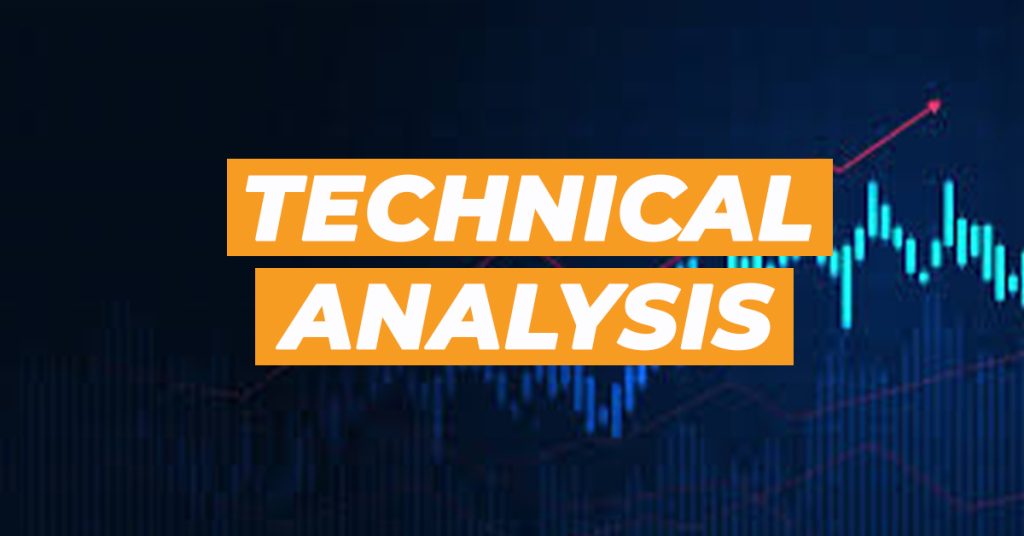BZX Report by Jesse
Welcome everyone to this week’s review. Today we’ll be looking at a newly redesigned defi smart contract lending and margin trading platform called bZx protocol.
Introduction
The bZx protocol (BZRX) is a new permissionless protocol coded into a network of Ethereum smart contracts that create a non-custodial and trustless peer-to-peer margin loans, leverage trading, and shorting platform. Offering decentralized margin lending solutions for off-chain order books and DEXs. Integrated with 0x, Chainlink, and on-chain liquidity providers like Kyber, and Bancor for real-time price discovery, token swaps, and liquidations. BZRX supports off-chain and on-chain order books with fast margin calls with a zero to ASAP block allocation.
The BZRX platform offers two types of loans. The over-collateralized option requires 140% or more from the borrower in collateral. With the borrower being able to withdraw some of their loan principal to their private wallet and use arbitrarily. This collateral is spent to cover the loss if a loan is not repaid. The second option is under-collateralization or better known as a leverage loan. The collateral needed is usually 50% or less of the loans value with the principal put into a bZx smart contract escrow. The borrower has full access to funds on the bZx platform for trading within the confines of the bZx protocol. Partial principal withdraws are possible with excess collateral. The interest paid to lenders comes from the fees paid by borrowers in exchange for access to liquidity when trading on margin. On bZx, each trade made, loan originated and debt serviced generates a fee for the protocol. The three fees are; a 0.09% origination fee, a 0.15% trading fee, and a 10% interest rate fee for loans. Fees are paid in the native assets they originate from.
The protocol functions by using two platforms built by the bZx team. The exchange and margin trading platform Fulcrum allows up to 5x long/short position trades. The lending services extends the bZx protocol by giving users the ability to create tokenized loans and margin positions. The trading process is simple, requiring only three clicks before you are prompted to approve the transaction. The trading interface allows you to buy tokens, which give you exposure to a desired short or leveraged position. Working alongside Fulcrum and handling the more complex borrowing tools is Torque. Torque uses a browser wallet like Metamask or external wallet like MyCrypto to allow users the ability to take out loans using your ETH or existing ERC20 holdings as collateral. Select the quantity of the asset you wish to borrow, select your collateral, and submit the transaction.
The Token
The token model has gone through several changes since it’s first proposal in 2018 as a simple medium of exchange token. But, after deciding the best model was to use BZRX as a governance token the team distributed tokens to buyers on July 13th, 2020. With the total supply of BZRX being 1.030B, approximately 21.35% (0.219B) are vested in a 4 year contract, 13.65% (0.140B) were distributed to pre-sale purchases made in May 2018 with no vesting requirements, 20% (0.206B) is allocated for the team w/vesting period, 20% (0.206B for the BZX builder fund, 5% (0.051B) for security and alignment fund with the final 20% (0.206B) allocated for the ecosystem fund. Currently, all but 140M of the tokens are inside the vesting contract.
The underlying BZRX within the contract can eventually be staked with no minimum staking requirement. However, there are limits to the number of vBZRX that can be staked at any given time. This limitation will be set by the staking contract itself. As currently proposed, it will be possible to take part in fee sharing with the staked BZRX inside the vBZRX contract. But, the fees do not vest until the token vests. The voting power of BZRX staked from inside the vesting contract possesses only half of the voting power of a typical BZRX token. As stated by the team, this was done to prevent the team from having a majority voting share over the DAO.
The bZx protocol is based around a three token ecosystem, the BZRX token, the iToken, and the pToken. The BZRX token itself was sold during their ICO and is currently used to pay fees on the network. When users borrow money to open margin trading positions, they automatically receive pTokens. The “p” in pToken stands for position and can represent either short or long positions. Users receive a different token depending on their position and the assets being traded. For example, opening a long position on ETH/DAI using 4x leverage will get users a “dLETH4x” token. The worth of the pToken changes depending on the value of the underlying assets and in this case, ETH and DAI. Lastly, when users deposit funds, the lenders receive iTokens which represent a share of the ownership of tokens they have deposited into a pool and generate interest for holders. At any point, iTokens can be redeemed for original funds plus the interest accumulated.
The Founders
The bZx team is made up of individuals from all different backgrounds. Co-founder and CEO Tom Bean has spent over the last decade as systems and reporting engineer for Nokia, and Lead Web Designer Gennady Omyshev has been building UI systems for many years. Brand Designer Casey Fallon has worked with the team to maintain and promote the bZx brand, Chris Brennan is the Lead Community Manager for bZx and Harmony, and Boris Shevchenko is the resident DeFi Architect having started in the DApps space with Polymath. Head of Marketing and all around DeFi OG Nick Sawinyh is the founder of defiprime and previous advisor for 2miners.com, Keval Sheth is a Full-stack Developer for the platform, and Co-Founder Kyle Kistner is new to blockchain and defi after receiving his masters in biology a few years ago.
Market Potential
Currently, defi loan-based platforms like Compound, Celsius, Blockfi, Nexo, and DharmaLever do not offer margin trading services. Making bZx the first player on the field to offer trustless margin trading. With BitMex operating around 1.1B USD in open interest everyday. That’s a massive pie bZx is looking to take a piece of. Eventually, the BZRX token will be used in voting on governance decisions for the future direction of the protocol. Another function, not yet activated. Will give BZRX token holders rights to the bZx insurance fund. The insurance fund is made up of 10% of the interest earned by lenders as part of the smart contract’s design. Protecting lenders in case borrowers become unable to pay back their loans could prove to be a useful tool in sustaining the platform’s ecosystem.
Concerns
Earlier this year bZx suffered two major attacks due to the introduction of the “Flash Loans” feature in the protocol without a proper security audit and the use of Kyber Network as a price oracle. The team attempted to negotiate the bounty with the hacker team that discovered the attack resulting in a total loss of approximately USD 1.3 million. But, while the protocol was exploited, it wasn’t “hacked” or “compromised” in any other way. The smart contract code functioned as intended but the price of WBTC was manipulated, using loans given by the platform, to profit later from a BTC short position made on Kyber Uniswap to push down the price and causing the contract to pay the original loan. The Fulcrum platform was immediately frozen and audited with the team choosing not to perform a rebranding of the protocol, and instead redesigned it from scratch. While the team states that the new bZx is much superior and more advanced than the current version, only time will tell how secure the platform is.
The team allocating 20% of the total supply even with a generous vesting period is cause for concern. Generally, we want to see somewhere in the range of 5%-7% of the total supply allocated for the team. With bZX allocating almost three times what we look for in healthy tokenomics of a protocol this can’t be brushed over lightly. Even after taking into consideration how large the team is and how long they’ve been working on building the platform. This can very easily cause issues when the vesting period ends.
Conclusion
You can not open yourself up to greater risk than trading on margin and as Lark has discussed on the channel multiple times, including just last week in his “Don’t trade Bitcoin and Crypto before hearing these 7 tips” video. These platforms are for experienced and expert traders only. While bZx only allows up to 5% long/short positions to be open currently instead of the 50x-100x positions allowed on most centralized margin trading platforms, you can still get rekt very quickly if you don’t know what you’re doing. As pointed out in the tokenomics, it’s only been a few weeks since the release of pre-sale tokens purchased in 2018 and as many of you know traders will be looking to recover losses from that year. While the price hasn’t substantially pumped or dumped since distribution, enter positions knowing that pre-sale holders control the entire market right now.
Until next time, remember the only guarantee is BTC.
-Jesse Koz








Responses